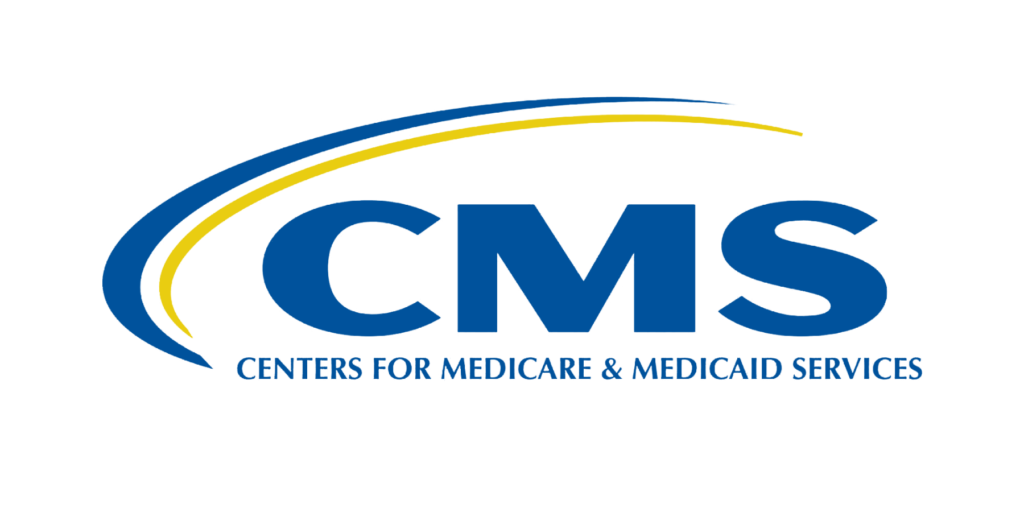Proposed Federal Minimum Staffing Mandate for Nursing Homes – Call to Action

Dear Members,
As we and our national affiliate, American Health Care Association (AHCA), have previously reported, on September 1st, CMS released its long-awaited minimum staffing rule for nursing homes. The rule contains mandatory minimum daily staffing requirement for RN’s and CNA’s as well as requiring that an RN be on site at the facility 24 hours per day/7 days per week. While there is phase in period for both of these components, at this time, over 80% of the nursing facilities across the country would not be in compliance if the rule went into effect today. In addition, at implementation, we estimate that this rule will cost over $4 billion annually. There is zero funding in the rule to pay for the mandate. We have included more detail about the rule at the end of this memorandum.
The important question is: How will the sector respond? We do not support the rule in its current form. Rigid and unfunded mandates always fail and in this case, do not reflect the practical reality that the case mix in every nursing home is unique. As such, staffing must be nimble and flexible to meet the ever changing resident needs. Importantly, it must be paid for.
In Wisconsin as well as across the nation, we will advocate to CMS, to Congress and, if necessary, to the courts for change. As to CMS, AHCA’s national goal is to generate over 10,000 unique member comments on the proposed rule. For Wisconsin, WHCA/WiCAL’s goal is to generate over 300 unique comments on the rule. As a first step, AHCA will be holding an important webinar on Monday, September 11th at 1:00 Central Time. The purpose of the webinar will be two-fold: To discuss the 60 day comment period on the rule and to provide guidance on the substance, structure and organization of everyone’s unique and personal comment letters. This is a members only webinar so you need to register. register here
Please do not hesitate to contact Rick Abrams, rick@whcawical.org/ 516-241-2879 (cell/text) if we can be of further assistance. To follow please find an outline of the important provisions in the proposed rule:
- What is the number of hours required? Two parts of the rule are key here. The first is the hours per resident day (HPRD) requirement. The rule requires 0.55 HPRD of RN time and 2.45 HPRD of nurse aide time. There is no specific requirement for LPN hours. In addition, the rule requires that an RN be on site 24 hours per day, 7 days a week. Meeting this standard does not guarantee a facility will meet the 0.55 HPRD RN requirement. This will be a major problem for many providers.
- What workers count? This is the most limiting part of the rule. The 0.55 HPRD can only be met by RNs. The 2.45 HPRD can only be met by nurse aides.
- Is there a waiver? Yes, there is a waiver of the minimum staffing standard for facilities that are making a good-faith effort to try to find workers but cannot get them. However, the waiver process is cumbersome and not user friendly.
- Is this paid for? There is no funding for the additional expense of these nurses and nurse aides. Obviously, this is a major flaw of the proposal. There is $75 million for some scholarships and tuition reimbursement programs to help grow the workforce, but nothing to fund these new requirements. CMS’s own estimate is that the total cost over 10 years will be $40.6 billion with an average annual cost of $4.06 billion.
- Is there a phase in? Different parts of the rule are phased in at different times.
-
- The HPRD requirement. This portion of the rule has the longest phase in, which begins once the rule is finalized. For urban buildings, this requirement would be effective three (3) years after it becomes final, for rural buildings this requirement would be effective five (5) years after it becomes final.
- The 24-hour RN requirement. The proposal requires that an RN be on site, 24 hours per day, for 7 days a week would take effect two (2) years after the publication of the final rule for urban facilities, and three (3) years after the publication of the final rule for rural facilities.
- The facility assessment requirement. The proposal includes expanded facility assessment requirements, including using evidence-based methods and requiring facilities to develop a staffing plan to maximize recruitment and retention. This goes into effect 60 days after the publication of the final rule for all facilities.
- What is the penalty for non-compliance?Penalties may include actions from termination of the provider agreement to civil money penalties to directed plan of correction or other enforcement actions.
- Are there disclosure requirements? Yes, CMS will require states to be transparent on the percentage of Medicaid payments spent on compensation for direct care workers and support staff for services in nursing and other facilities. This is like the Medicaid institutional payment transparency provision for specific Medicaid home and community-based services in the Ensuring Access to Medicaid Services proposed rule published in May.


